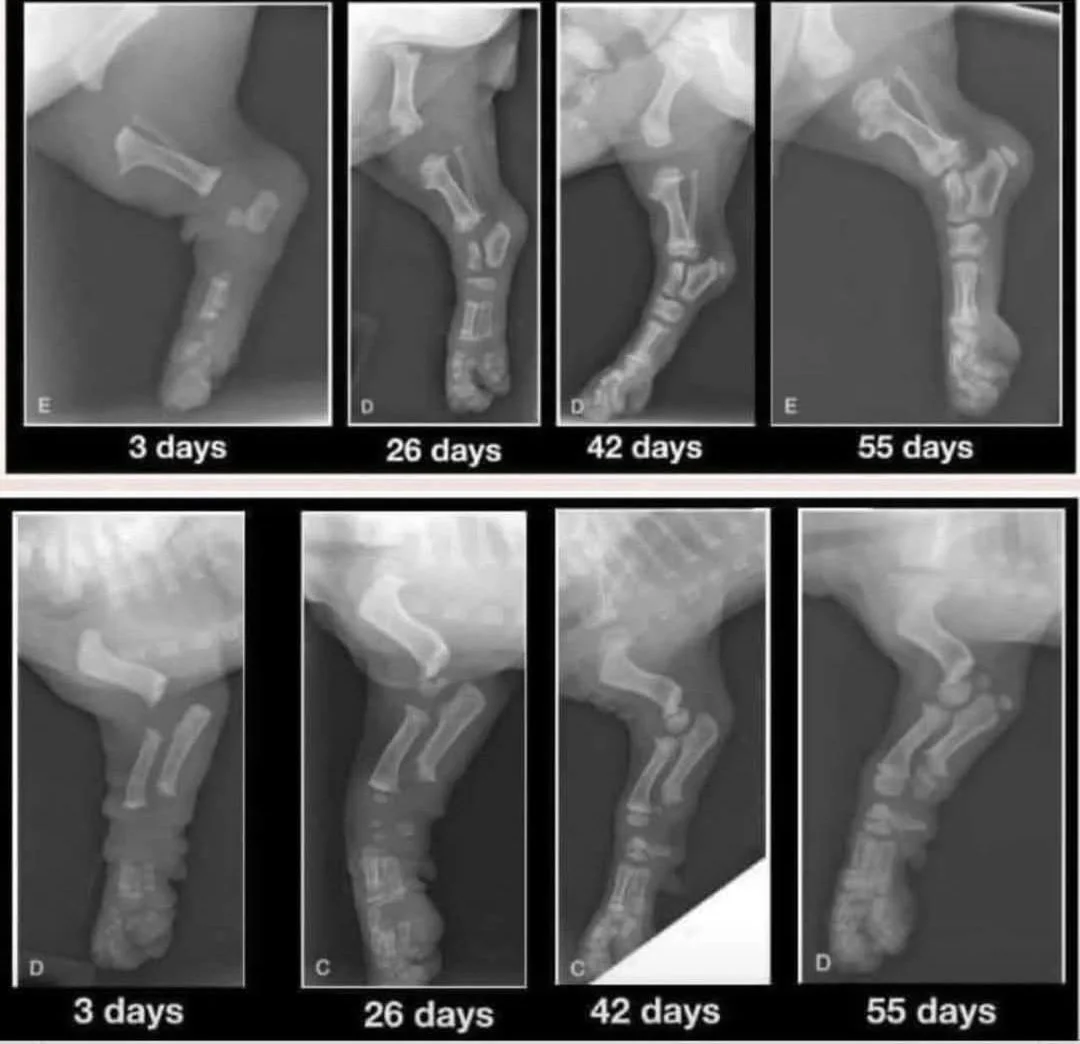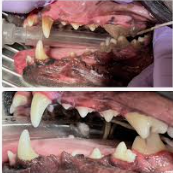Nurturing Your Growing Puppy: Prioritizing Bone and Joint Health
When you welcome an 8 week old puppy into your home, it's crucial to understand that their skeletal system is still incredibly fragile and developing. Unlike adult dogs, their bones are not yet fully formed, and their joints are still very "loose."
The Crucial Role of Growth Plates
Puppies have growth plates at the ends of their long bones. These areas are soft and cartilaginous, allowing for bone growth. Think of them as the building blocks for your puppy's future skeletal structure. These growth plates remain soft and vulnerable until they calcify and close, which typically happens around 18 months of age, often signaled by sexual maturity.
Before this closure, a puppy's joints are primarily held together by muscles, tendons, and ligaments. This is why puppies often have those adorable, clumsy, and wobbly movements with big floppy paws – their joints don't have the tight, true "socket" fit of an adult dog.
The Risks of Over-Exercise and Impact
Because growth plates are softer than the surrounding tendons and ligaments, excessive force or impact can easily cause injuries. If a puppy is injured, these strong soft tissues can actually pull apart the delicate growth plates, leading to potentially lifelong issues. Your friend's experience with her Lab puppy falling off a retaining wall is a tragic example of how a seemingly minor incident can have devastating consequences.
Therefore, it's vital to:
Avoid high-impact activities: This includes excessive running, jumping (especially on and off furniture, beds, or vehicles like pickup beds and ATVs), and activities like frisbee. Each big jump or excited run creates impacts between bones that can damage forming joints and even cause fractures in their soft bones.
Restrict uncontrolled exercise: Don't allow your puppy to overdo it during play. While some reasonable, normal wear and tear is expected, prolonged or intense exercise can be detrimental.
Prevent slipping: Surfaces like tile with no traction can be very dangerous, as slipping can put extreme stress on delicate joints.
The Gift of Proper Development
You only get one chance to grow a puppy properly. A strong, well-built body in an adult dog is the result of both excellent genetics (breeding) and a thoughtful, careful upbringing.
Once your dog is fully grown and their growth plates have closed (around 18 months), you'll have a lifetime to enjoy higher-impact activities like long runs, hikes, and more vigorous play. Until then, the greatest gift you can give your puppy is a calm, protected environment that allows their bones and joints to develop correctly.
By being mindful of these developmental stages and restricting strenuous activities during their formative months, you're investing in your puppy's long-term health, mobility, and overall quality of life.
















